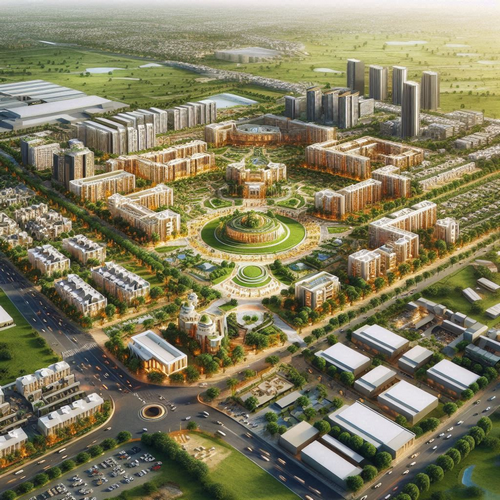NEW YORK, July 22, 2024 — A new report from leading independent and international research company COMvergence reveals Omnicom Media Group (OMG) agencies outperformed the marketplace for billings growth across all four regions, powered by 2023 wins that included Beiersdorf, Grupo Bimbo, Jaguar Land Rover, Uber, Under Armour, Vans, and Virgin Voyages.
Released yesterday, the 2023 Global & Regional Rankings shows OMG as the number #1 global media group for absolute growth (total billings added) in LATAM and for relative growth (YOY growth rate) in EMEA.
Additionally, for the second consecutive year, OMG had the highest digital share of spend among the six global media groups; and is the only group for which digital share of billings across all its agencies is above 50%, reinforcing OMG’s position as the most future-fit media holding company.
Leading in Growth Across the Globe
At the agency level, OMD topped the billings rankings for North America with $10.18 billion, maintaining the lock it has held at the top of the billings chart since the Global & Regional Billings Rankings report was first published in 2017. OMD also earned the highest YOY growth rate (6.8%) of any North American media agency network – an impressive achievement in and of itself, but especially significant considering OMD also had the largest 2022 billings base.
OMD also has the highest YOY growth rate (8.75%) among the top five largest global media networks.
Making it an OMG clean sweep across all four regions, Hearts & Science was #1 for growth in APAC, EMEA and LATAM, a trifecta that translated to a global growth rate of 9.5% – the highest among all media holding company agency networks on the ranking.
“These results reflect how OMG’s Agency as a Platform proposition – powered by the Omni operating system – is enabling our agencies to outgrow the market,” says Omnicom Media Group CEO Florian Adamski. “As ever-increasing marketing complexity demands an ever-expanding ecosystem of talent, tools and technology, Agency as a Platform gives our agencies a competitive advantage by delivering to clients the full depth and breadth of resources from across the Omnicom network – including media, e-commerce, data-driven marketing, digital transformation, and content creation – through a single agency relationship. Activating these assets through the unique lens of their individual processes and perspectives, OMG agencies OMD, PHD, and Hearts & Science are leading, winning, and growing by delivering better business outcomes for their clients and more professional opportunities for their talent.”
Sustaining the Moment in 2024
The 2023 Global & Regional Rankings report is the latest in a run of good news for OMG, which dominated the daily headlines at last month’s Cannes Festival of Creativity by announcing partnerships with Amazon, The Trade Desk, TikTok and Instacart designed to directly connect upper funnel media investments to sales. OMG was the most honored media group at the festival, earning the highest combined total of Lions and short list placements; and OMD was named Media Network of the Year, with PHD coming in a close second.
As of this writing and based on the most recent numbers reported in the COMvergence dashboards that provide a moment-in-time snapshot of the new business landscape, OMG currently holds the best YTD total new business record (wins minus losses, inclusive of retentions) among the Big Six global media groups ($4.6 billion). The COMvergence provisional reporting also shows OMG agencies OMD and PHD topping the COMvergence North America and global total new business dashboards, respectively.



